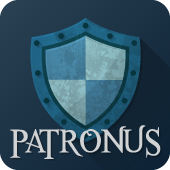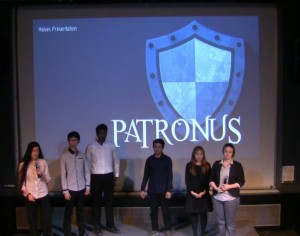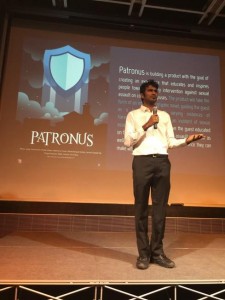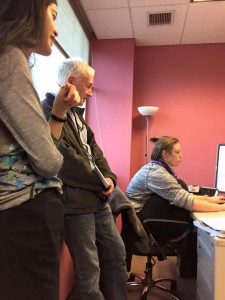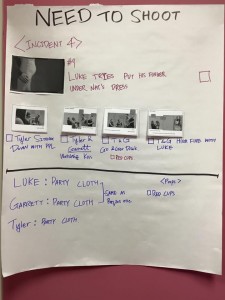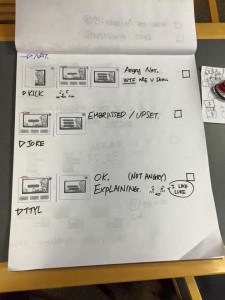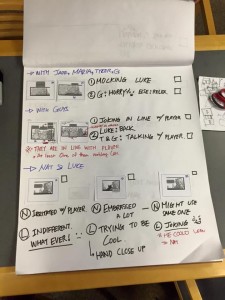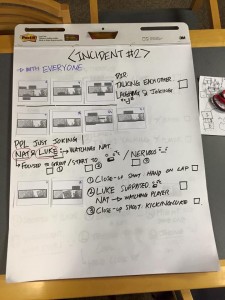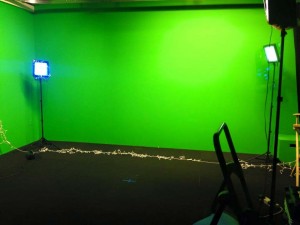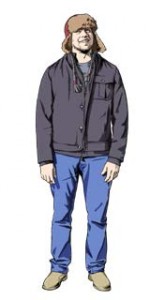Week 5:
This week, our artists completed the initial characters and environments for the first panels of the application. Cewon, our character artist, drew from our photo references of the actors to create the images here:
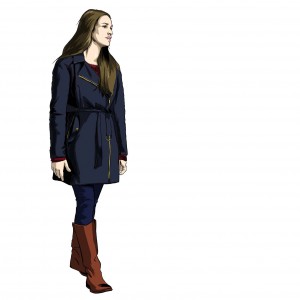
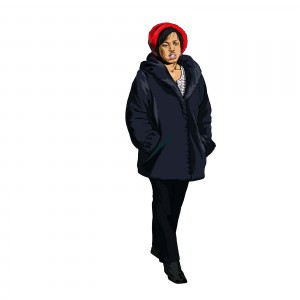
Wenyu, our environment artist, created the environment scenes shown below:
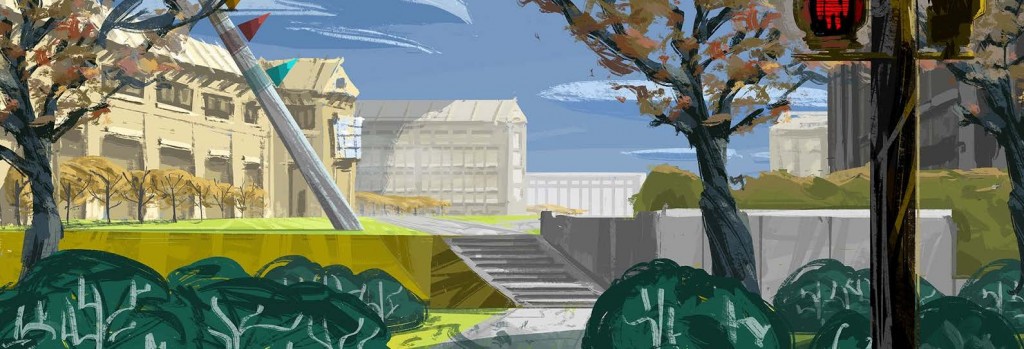
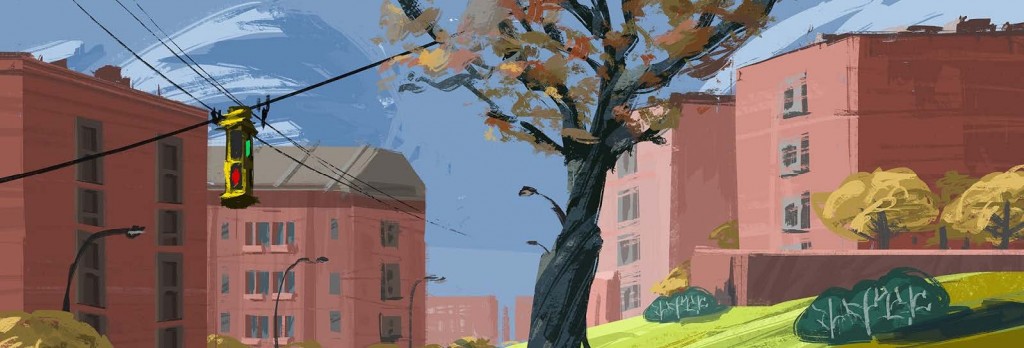
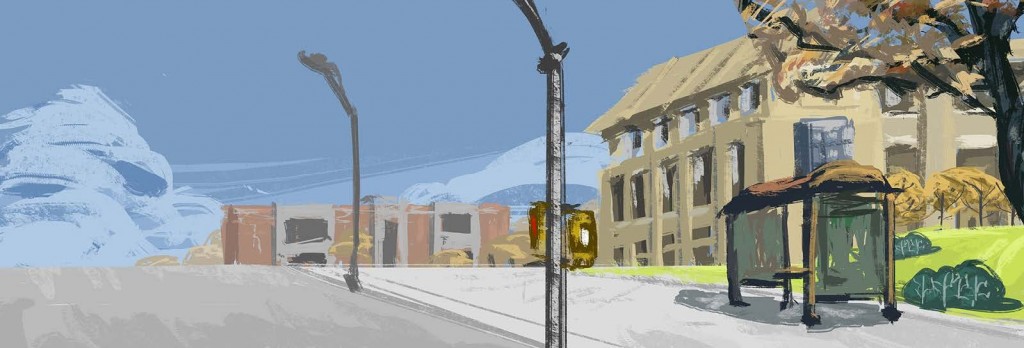
To get our first comic panel, our artists put the characters and environment to get the initial panel composition, and our programmers, Mahar and Ladera, created a mockup of how the panel would move on a web page.

We also solidified our story outline to the particular incidents we want to cover:
1. An initial catcalling incident, where the guest is encouraged and rewarded for intervening.
2. A very forward flirting incident, where the guest should initially believe they are required to intervene, but instead discover that the flirting was wanted and consensual.
3. A rape myth debunking scene, where the guest is presented with all the stereotypical images of a nighttime, dark alley rape scene but has it revealed as innocuous instead.
4. The physical sexual assault scene, which takes place at a house party and acts as the climax of the application.
After the final incident, we want to place a good and bad ending, depending on whether or not the guest managed to correctly intervene in the situation. We have emailed our client, Jess Klein, as well as a colleague of hers, Lucas Christain, about what appropriate interventions in these situations would look like. In the meantime, much of the script for the party scene has been written, and has been sent to Lucas for any feedback he might have.
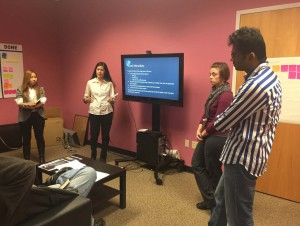
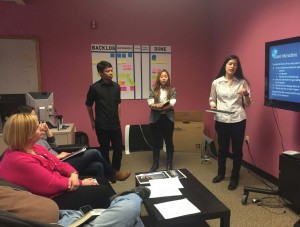
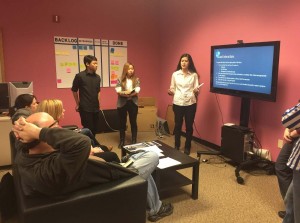
On Wednesday, Patronus had our ¼ walkarounds, where ETC faculty come around the project rooms and give feedback on the progress and future plans of the projects in an ungraded context. We put together a brief presentation of our progress so far as well as what we hoped to work on for the rest of the semester, and we gladly received a lot of feedback as to resources that could help us out. The ETC’s acting and improvisation instructor, Brenda Harger, has previously worked in many programs dealing with sexual harassment in the workplace, and will meet with the team next week on feedback for our scripts. Another ETC faculty member, Jesse Schell, worked on a game at his company Schell Games called PlayForward that dealt with HIV prevalence in innercity communities, which featured similar sorts of situations and choices that a player had to navigate, and talked to us about various features of the game.
We also gave our quarters presentation to Lucas Christain and the main campus class on Thursday in order to share with Lucas the structure and progress of our project. He enjoyed it and emphasized that many applications of this nature tend to fail when there is no follow up, so having a following facilitated discussion would contribute heavily to the success of the project. The main campus team also presented, showing us designs and wireframing for the user interface of the application. In their design, a student would login with their CMU ID, which would log if they completed the experience and their initial results and choices. The main comic would play out, but there would be a laptop icon in the corner that can be regularly accessed, giving background information on the characters in a Facebooklike format. At the end of the experience, text responses about the experience would show up for the student to fill out and send to a future facilitator. A video gallery of real life testimonials would also be available to watch, and the experience would be replayable, though any future results would not be logged.
We also created a rough schedule for the team regarding the project timeline, highlighting major benchmarks such as halves, springbreak, soft opening and final presentations. The point of the timeline is to give a visual representation of the available weeks remaining to complete our work. The calendar is posted in our project room as a reminder of the upcoming deadlines.
On Friday, the team met with Bryan Maher about the backend analytics and data collection that our application will most likely require. He let us know that programmatically, all the data we want to gather (like time spent on panels, which choices a student went with, gathering and sending text responses, etc), would probably all be very straightforward, and programmable within just a couple of days. However, he brought to our attention that if our eventual intention was to host our application on the CMU server, using CMU IDs to login, there is a lot of administrative contacting we’re going to need to do. So before delving too deeply into this we need to know, how CMU wants a web application handed off to them, what format or language they would want it in, what kind of formsending CMU finds acceptable to host, who will be the primary administrator of the product once it is online, and the restrictions of working through Shibboleth, etc. We have thus contacted Andy and Jess at the main campus to see if there are any existing ideas or plans on how to host the application for its use, and are waiting for a response for next week.
Next week :
Next week Patronus will have finished, in entirety, our first prototype scene, the “Cat Calling” incident, and will have a better understanding of panel transitions and HTML5. By next week we will hopefully have some of the hosting questions answered so that our programmers can start working on the back end analytics for the product.
Also by next week, we want to have another photo shoot with the drama students scheduled. In order to do this, we plan on having our storyboards done for all the story scenes and a first pass of all the scripts completed. We will meet with Brenda for a script review as well as schedule a script workshop with Chris and Ralph. After the script review and workshop we plan on editing and iterating on the scripts so that the main campus team can continue to playtest the material.
